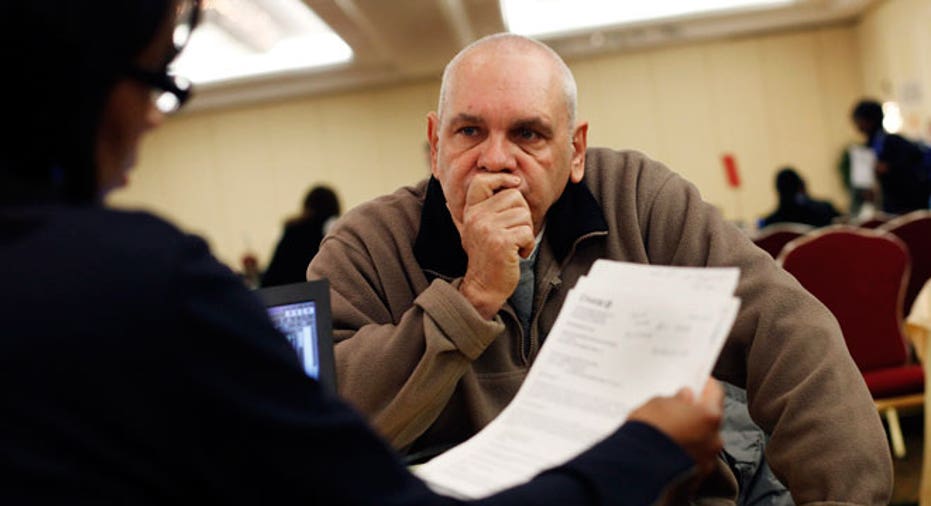Mortgage Tips for First-Time Homebuyers

Between all the paperwork, credit checks and required documentation, the mortgage process can be intimidating to first-time buyers—but it doesn’t have to be.
“It’s far less complicated if you take the right steps in advance,” says Andre Brooks, a regional manager fo r Wells Fargo Home Mortgage. “Before people start on this journey they should spend some time preparing. The lending requirements of 2012/2013 are different than [what was necessary in] 2005 and 2006.”
Gathering all the needed documents before launching your house hunt will make it easier to get the buying process started when you find your dream home. The housing burst has resulted in tougher lending standards, meaning it could take weeks or even months to secure a loan.
Get the Ball Rolling as Early as Possible
According to mortgage experts, buyers need to start preparing six months to a year before they start shopping. “You may need some time to restructure or reduce debt obligations to meet the qualification of the lender,” says Brooks. “You may need some time to build up savings to acquire the right amount for the down payment.”
Some banks are looking for a 20% down payment, but some ask for as little as 5% so it pays to shop around and look for the best terms and rates.
Having your finances in order ahead of time will ensure there aren’t any problems that could result in you losing the house before a sale is complete.
Get Pre-Approved
To get an estimate of how much home you can afford, work with different lenders to get pre-approved for a loan amount and determine your monthly payments.
To find the right mortgage broker, Cara Ameer, a Coldwell Banker real estate agent, suggests asking friends and family members for recommendations. “You have to get yourself matched up with a lender you feel comfortable with,” says Ameer.
Once you secure a lender, the next step is to get preapproved for the mortgage versus getting prequalified. A prequalification is a verbal conversation based on your financial information. A preapproval letter shows the lender evaluated your full financial picture and credit history and determined the acceptable loan amount. This letter will put you in a stronger position to make an offer. “When you start negotiating being preapproved will strengthen your negotiating power,” says Brooks. “It’s a very empowering tool for consumers to have.”
Gather All Documents
Lenders require a lot of documentation when issuing a mortgage including W2s, bank statements and income tax returns. Knowing what you’re lender needs ahead of time and bringing them to the initial meeting will avoid delaying the process.
“You need to be organized and be able to pull all this information together,” says Ameer. “What can cause delays in the process is trying to track down various pieces of paper the lender is going to need.”
Plan for Closing Costs
No matter the housing market, first-time home buyers need to prepare for closing costs associated with a mortgage that aren’t part of the down payment. The costs will vary from state to state, but there will be a slew of costs associated with generating and processing the loan. “The general rule of thumb is plan anywhere from 3% to 4% of the purchase price for closing costs,” says Ameer.